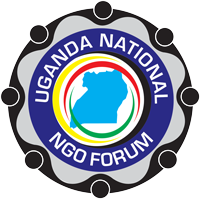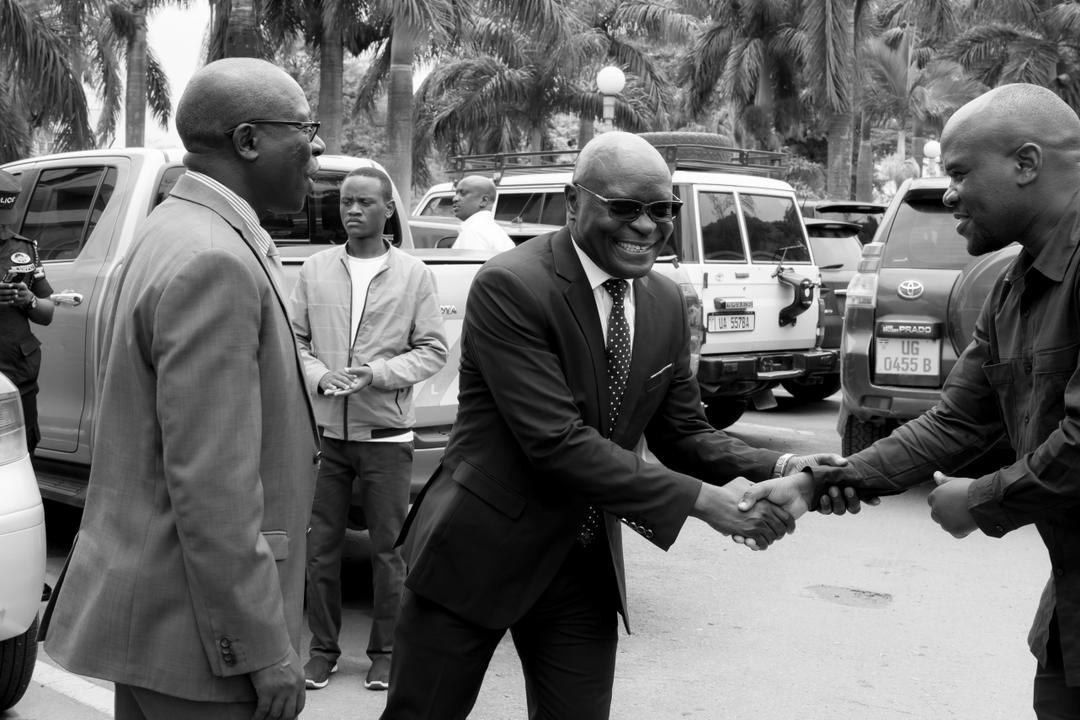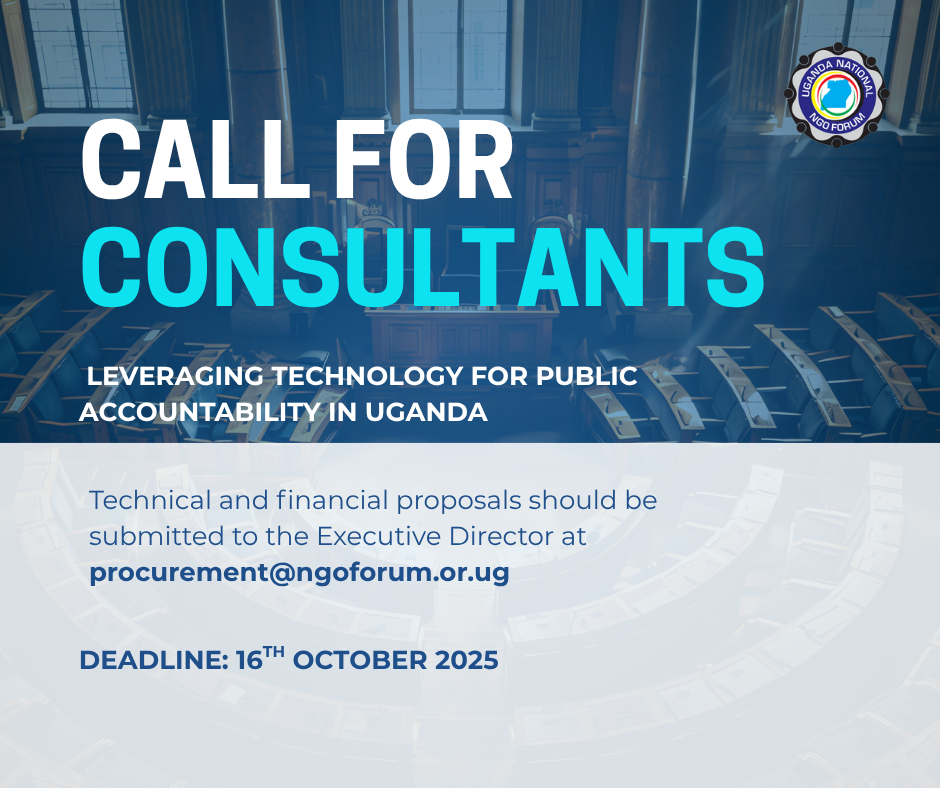Has Gender mainstreaming achieved Women’s Empowerment?
As we prepare to celebrate Womens’ Day this week, I would like to offer some reflections on the concept of gender mainstreaming. For the last 14 years we have been doing mainstreaming since the Beijing 1995 Women’s conference. Is it time to ask if gender mainstreaming is an end in itself or simply a tool that we can use as we strive towards gender equality? Personally, I am concerned by the lack of critique of gender mainstreaming. I think we suffer from the danger of having warmly embraced gender mainstreaming and not taking the time to step back and critically assess whether the approach has produced positive changes. I think that the original proponents of gender mainstreaming invested too much in gender mainstreaming as a sort of silver bullet! I must confess that I am becoming a bit ‘allergic’ to the language of both gender and of mainstreaming although I still am active practitioner in this field. Both concepts suffer from what I will call an ‘overuse syndrome’. Gender is too frequently used as a form of shorthand when we should be talking about ‘women’, or ‘women and men’, or even ‘sex’.
If one asked; why are we not achieving as much in the area of gender mainstreaming? My gut feeling is that it may be because the terminology got in the way of understanding. Mainstreaming itself is being overused as a concept. At present, development agencies and Governments love to ‘mainstream’ — gender, human rights, the environment and HIV/AIDS to name but a few. But this does not seem to move us forward. I think there are six critical questions that we need to clarify if we are to move forward:
First, when we are implementing gender mainstreaming strategies what models should we use? Are we focusing on models of sameness (where we try to ensure equal opportunities or equal treatment), difference (where we have special programmes for women and men) or transformation (where we envisage the creation of different types of relationships between women and men)? Are these kinds of models complementary or exclusive? Up to now many development experts do one or the other without clarity.
Second, gender equality and gender mainstreaming do not take place in isolation from other forms of inequality. The category ‘woman’ for example is internally divided by many other forms of difference and inequality. What is the implication of these diverse forms of inequality on the practice of mainstreaming? On the one hand, attention to other inequalities may dilute the effort spent on gender mainstreaming if resources are allocated elsewhere, if there is loss of focus, if there is loss of appreciation of the specific structural causes of inequality, or if there is competition over the priority accorded to different forms of inequalities. How do we create a balance?
Third, is gender mainstreaming mainly a technical process, to be carried out by ‘normal policy actors’ using an easily provided, neutral ‘tool kits’ or is it a political process of gendered democratization, where the focus is on ensuring that previously unheard voices representing perceived interests of women are included in the policy making process.
Fourth, we need to deal with the tension of ‘gender equality’ and the ‘mainstream’. Are we trying to promote gender equality and gender justice as an end in its own right? Or are we making mainstream policies more effective in their own terms by the inclusion of gender analysis? This has to be clear as we proceed.
Lastly, does gender mainstreaming have some other fundamental principles, beyond the notion that gender is socially constructed? For example, is gender mainstreaming an ‘empty saucepan’, which can be filled by an almost limitless variety of content since it socially constructed? This would imply that gender mainstreaming will be different in different contexts, sectors and even programmes. Or is gender mainstreaming based on some fundamental elements like justice, participation, equality that should be foundational to all strategies of mainstreaming regardless of where we are.
Lastly gender mainstreaming raises important questions about the relationship between global and national levels of policy making. Gender mainstreaming is a global initiative that was introduced at the Beijing conference in 1995. But we realize that it is not evenly developed globally. Even within international agencies like the UN, there is disparity. This is also related to the question of how exactly global policies are transferred from one location to another. While some may argue that the major force is capital, I would think that in this area it is also true that culture is a major force. In fact if you take the case of Uganda and its HIV/AIDS work, it seems that in the days when there was less international HIV policy transfers, those are the days when we had the most reduction in HIV prevalence.
I guess there are many questions that should be raised but in the spirit of breathing life into the debate on gender mainstreaming, those are my thoughts. I will attempt to suggest solutions next time.
Happy Women’s Day!



